Kelvin Kwakye
SigSegment: A Signal-Based Segmentation Algorithm for Identifying Anomalous Driving Behaviours in Naturalistic Driving Videos
Apr 13, 2023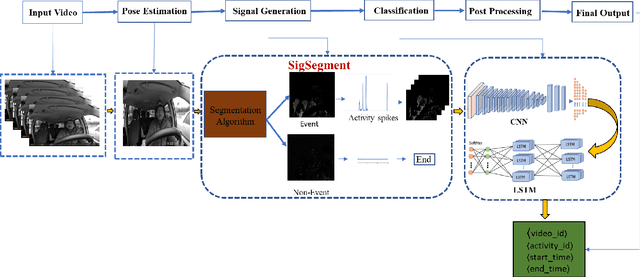
Abstract:In recent years, distracted driving has garnered considerable attention as it continues to pose a significant threat to public safety on the roads. This has increased the need for innovative solutions that can identify and eliminate distracted driving behavior before it results in fatal accidents. In this paper, we propose a Signal-Based anomaly detection algorithm that segments videos into anomalies and non-anomalies using a deep CNN-LSTM classifier to precisely estimate the start and end times of an anomalous driving event. In the phase of anomaly detection and analysis, driver pose background estimation, mask extraction, and signal activity spikes are utilized. A Deep CNN-LSTM classifier was applied to candidate anomalies to detect and classify final anomalies. The proposed method achieved an overlap score of 0.5424 and ranked 9th on the public leader board in the AI City Challenge 2023, according to experimental validation results.
Travel Time, Distance and Costs Optimization for Paratransit Operations using Graph Convolutional Neural Network
May 21, 2022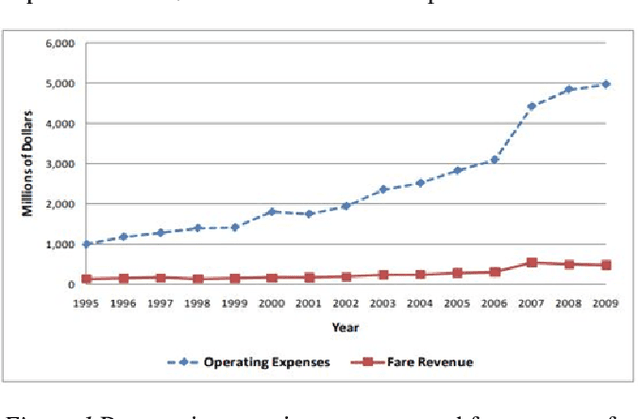

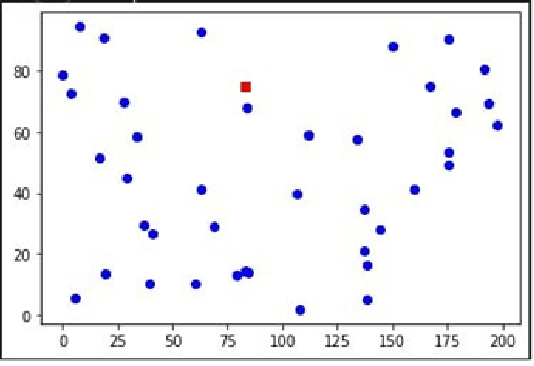
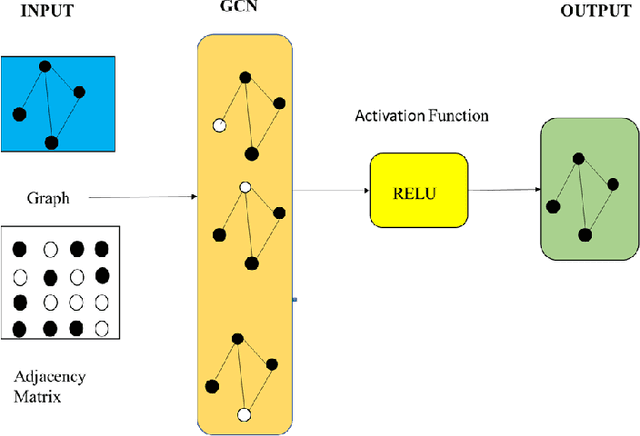
Abstract:The provision of paratransit services is one option to meet the transportation needs of Vulnerable Road Users (VRUs). Like any other means of transportation, paratransit has obstacles such as high operational costs and longer trip times. As a result, customers are dissatisfied, and paratransit operators have a low approval rating. Researchers have undertaken various studies over the years to better understand the travel behaviors of paratransit customers and how they are operated. According to the findings of these researches, paratransit operators confront the challenge of determining the optimal route for their trips in order to save travel time. Depending on the nature of the challenge, most research used different optimization techniques to solve these routing problems. As a result, the goal of this study is to use Graph Convolutional Neural Networks (GCNs) to assist paratransit operators in researching various operational scenarios in a strategic setting in order to optimize routing, minimize operating costs and minimize their users' travel time. The study was carried out by using a randomized simulated dataset to help determine the decision to make in terms of fleet composition and capacity under different situations. For the various scenarios investigated, the GCN assisted in determining the minimum optimal gap.
Machine Learning-Based Classification Algorithms for the Prediction of Coronary Heart Diseases
Dec 02, 2021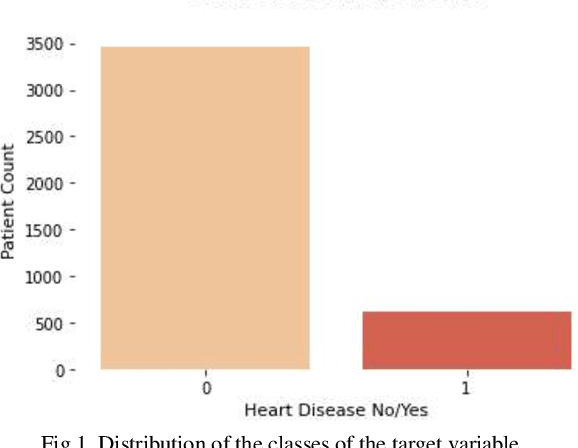
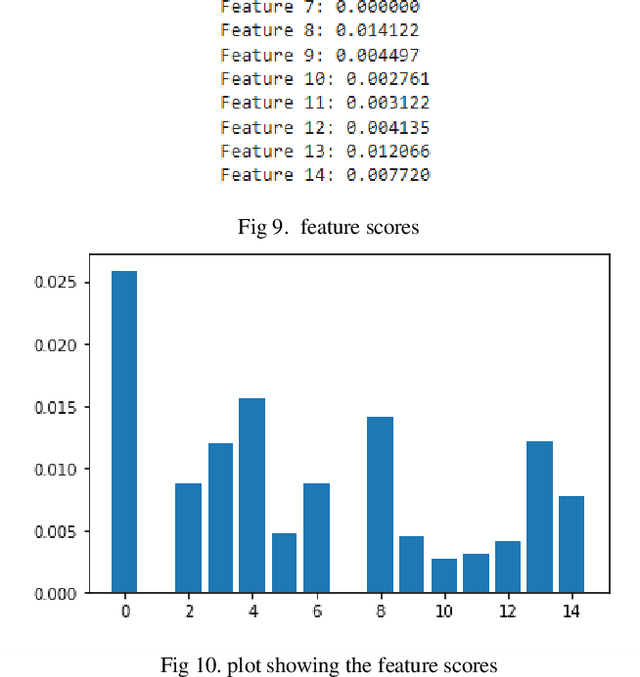
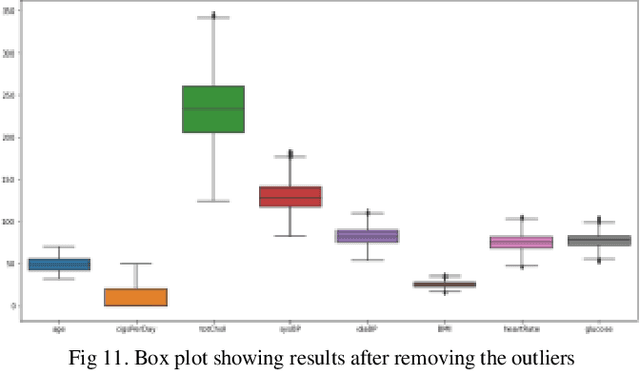
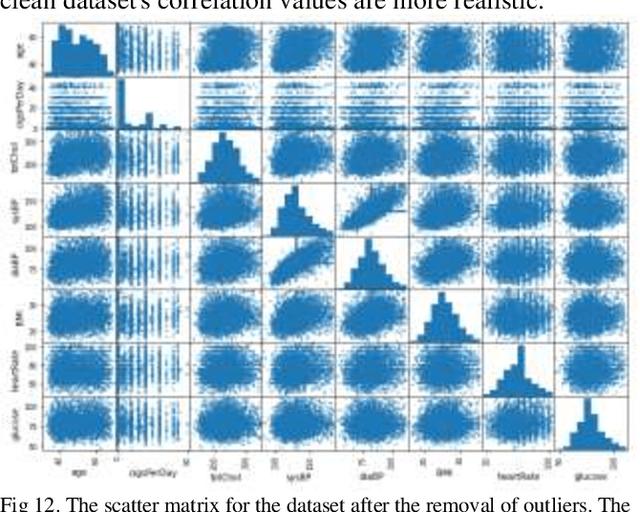
Abstract:Coronary heart disease, which is a form of cardiovascular disease (CVD), is the leading cause of death worldwide. The odds of survival are good if it is found or diagnosed early. The current report discusses a comparative approach to the classification of coronary heart disease datasets using machine learning (ML) algorithms. The current study created and tested several machine-learning-based classification models. The dataset was subjected to Smote to handle unbalanced classes and feature selection technique in order to assess the impact on two distinct performance metrics. The results show that logistic regression produced the highest performance score on the original dataset compared to the other algorithms employed. In conclusion, this study suggests that LR on a well-processed and standardized dataset can predict coronary heart disease with greater accuracy than the other algorithms.
Developing a Machine Learning Algorithm-Based Classification Models for the Detection of High-Energy Gamma Particles
Nov 18, 2021
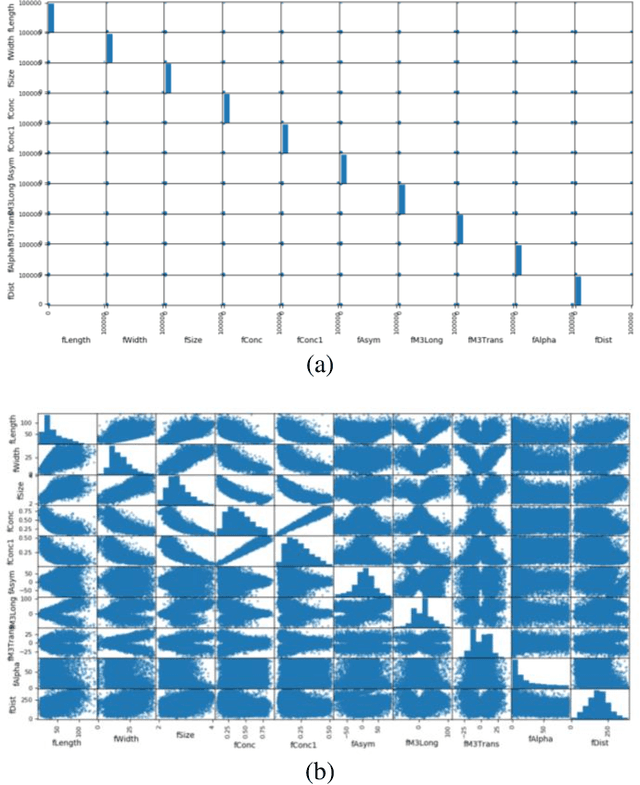


Abstract:Cherenkov gamma telescope observes high energy gamma rays, taking advantage of the radiation emitted by charged particles produced inside the electromagnetic showers initiated by the gammas, and developing in the atmosphere. The detector records and allows for the reconstruction of the shower parameters. The reconstruction of the parameter values was achieved using a Monte Carlo simulation algorithm called CORSIKA. The present study developed multiple machine-learning-based classification models and evaluated their performance. Different data transformation and feature extraction techniques were applied to the dataset to assess the impact on two separate performance metrics. The results of the proposed application reveal that the different data transformations did not significantly impact (p = 0.3165) the performance of the models. A pairwise comparison indicates that the performance from each transformed data was not significantly different from the performance of the raw data. Additionally, the SVM algorithm produced the highest performance score on the standardized dataset. In conclusion, this study suggests that high-energy gamma particles can be predicted with sufficient accuracy using SVM on a standardized dataset than the other algorithms with the various data transformations.
 Add to Chrome
Add to Chrome Add to Firefox
Add to Firefox Add to Edge
Add to Edge